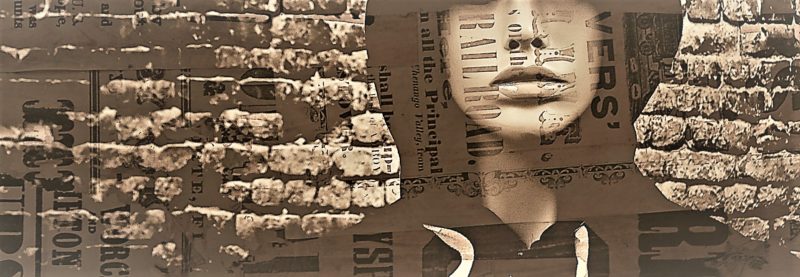Contribution published in the Journal disCrimen and herein contextually republished.
The contribution is subject to the editorial and evaluation criteria of the aforementioned Journal.
Abstract. The Supreme Court judgment on the “Mafia capitale” case marks a milestone in interpreting the law on Mafia-type conspiracies. Notably, it constitutes a major shift away from part of the case law that tended to broaden the scope of the law on Mafia-type conspiracies compared to simple ones. This article explores the reasons this new stance should be welcomed. In particular, it focuses on a correct reading of the requirement of Mafia methods contained in article 416 bis of the Italian Criminal Code. It also examines: the relationship between the two types of conspiracy; how to assess the phenomenon of local mafias; the interests involved; the requisites of resulting intimidation, subservience, and code of silence (“omertà”); the elements of the crime of Mafia-type conspiracy; and the criteria to ascertain that that the crime has been committed, as understood in light of the offence principle.
SUMMARY: 1. Prologue: from the mass-media phenomenon to the technical-legal issue. – 2. The wavering judicial assessment of the “Mafia capital” affair. – 3. The alleged «unique» mafia-type association. – 4. The “knot” of the existence of the mafia method in anomalous criminal associations: the «small» mafias, the «delocalized» mafias, the «new» mafias and the “capitoline” case. – 5. In particular, the teleological connection between instrumental crimes and specific crimes. – 6. Final moral: from «Mafia capital» to “corrupt Rome capital”.
* Article to be published in Studi in onore di Lucio Monaco.
To read the contribution, click on “open file”.



